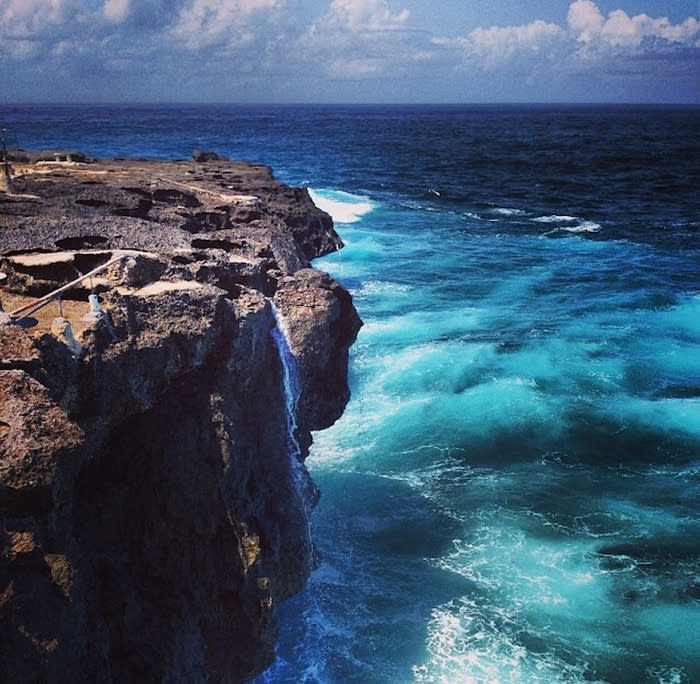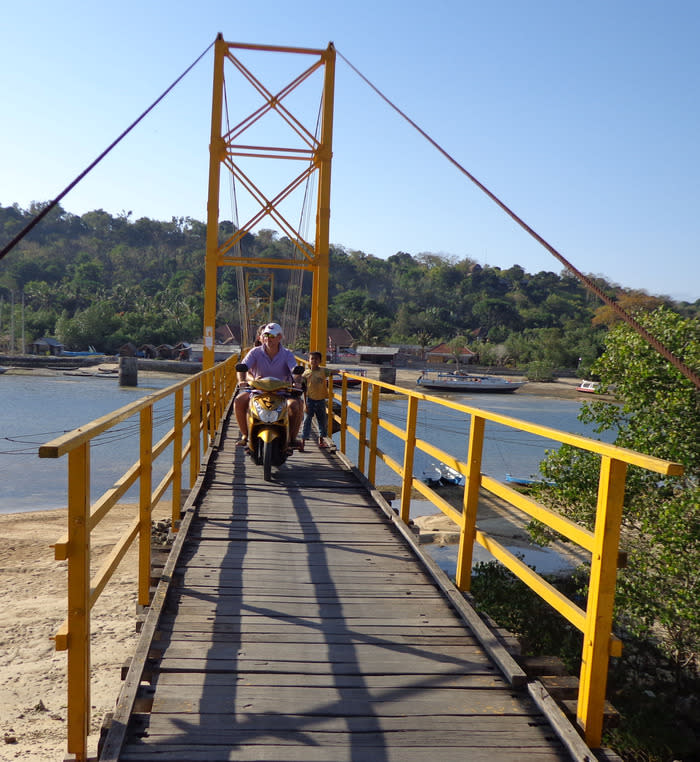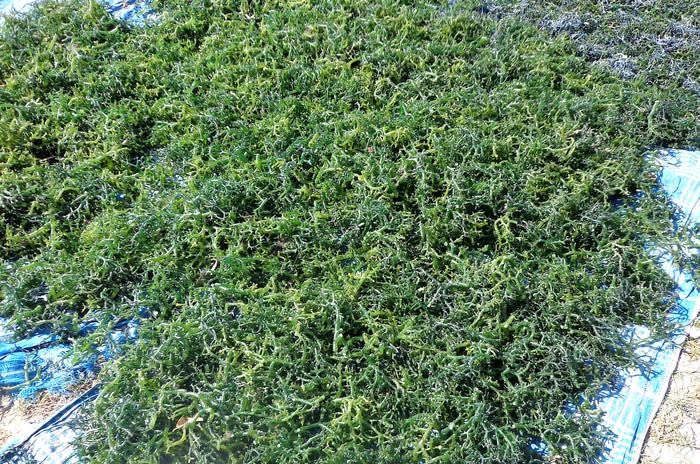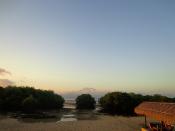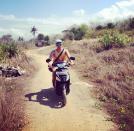Nusa Ceningan Bali’s true spirit
Nusa Ceningan is the Bali that many folks imagine but never seem to find.
Incredible sunsets, simple rooms and trash-free, quiet, pristine beaches. Days spent surfing, snorkeling or diving and nights spent cozying up to a good book while swinging in a hammock or drinking cheap beer with new friends.
Nusa Ceningan has the funky vibe that many travelers seek and cherish. Located a mere 30 minutes across the Badung Strait, Nusa Ceningan is a world away from bustling South Bali.
Ceningan is part of a trio of islands located 20 kilometers from the south shore. Nusa Penida and Nusa Lembongan are much larger and more popular than Ceningan.
Wedged between its two sister islands, Ceningan’s small size makes it easy to explore in a day. In fact, a quick day trip here is easy to do.
A small wooden suspension bridge connects Ceningan to Nusa Lembongan. Cars cannot fit on the narrow bridge — motorbikes, bicycles and pedestrians only. This makes it quite easy to navigate the network away from the beaten track.
Ceningan is very hilly and, if you’re up to the hikes, climbing one of those hills will grant you a glimpse of stunning scenery.
The first things you notice after disembarking are the perfectly squared bamboo frameworks in the ocean. These are for seaweed farming, a major source of income on the small island.
Upon closer observation, sharp bamboo stakes are interspersed between rectangular plots, which make for hazardous swimming and surfing conditions at high tide.
Most of the farming is done on the western side of the island, so it is best to go swimming and surfing on the eastern side.
At low tide, seaweed farmers descend with large woven double baskets slung across their shoulders head to the plots to maintain and care for their crops.
Work must be done quickly before the tide rolls in. These working farmers lend to the colorful character of the island’s charm. Many of them are appreciative of interest in their work and are keen to talk about seaweed farming.
On average, they work five to seven hours a day, depending on the tides. It takes approximately 28 days to harvest seaweed. After harvesting, it is dried on blue tarpaulins and packaged.
Most of the farming is done on the western side of the island, so it is best to go swimming and surfing on the eastern side.
Bales of seaweed are shipped offshore and processed, which is a shame because the farmers do all the hard work and earn a pittance of Rp 70,000 (US$6.05) to Rp 100,000 a day.
Seaweed is commonly used as a thickening agent in a number of commercial and industrial products like pâté, toothpaste, ice cream, soy milk, processed meats, personal lubricants, air fresheners and fire-fighting foam.
The next thing you notice is the silence. Nature’s soundtrack of waves breaking on the shore, birds chirping and frogs croaking punctuates the quiet.
Many international visitors flock to Bali to escape, but true escape is to be had on Ceningan.
South Bali is equipped with the modern-day trappings of neon-lighted clubs, chic restaurants and headache-inducing traffic. Naturally, locals and long-term residents seek an escape from the cacophony and, with a short travel time and immediate immersion into solitude and quiet reflection, Ceningan fits the bill.
Read also:


